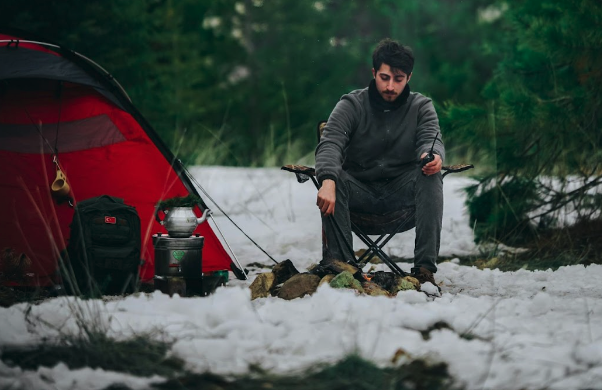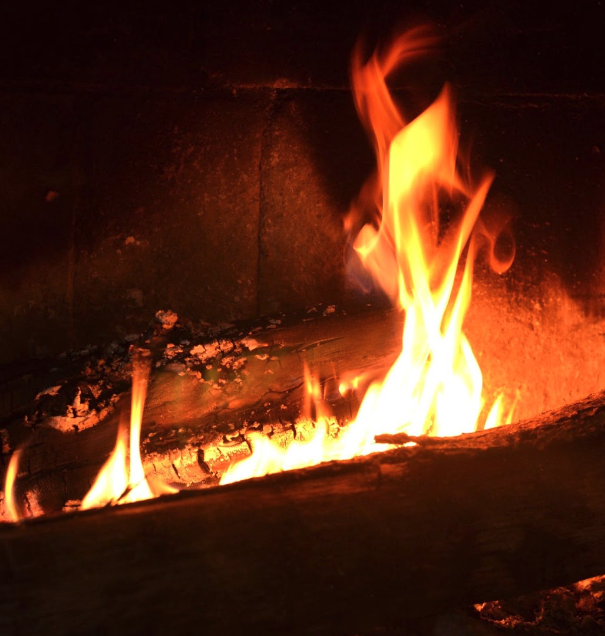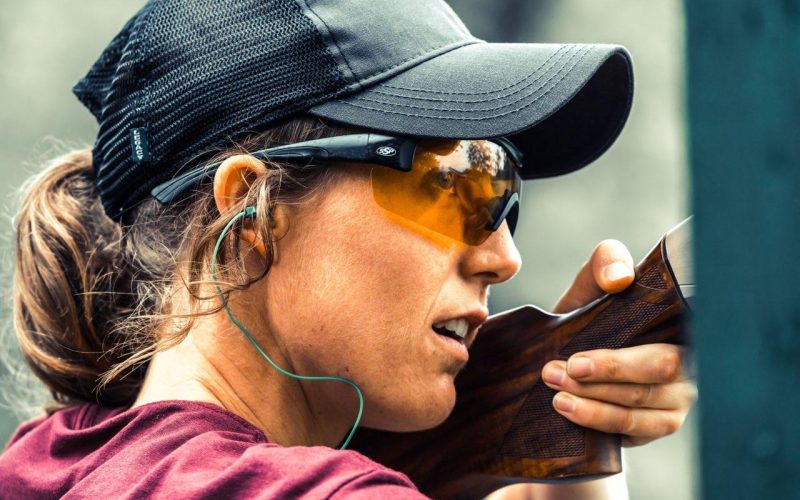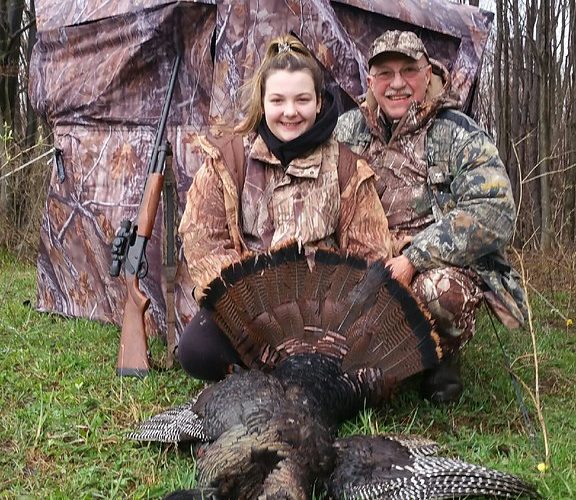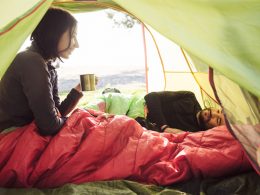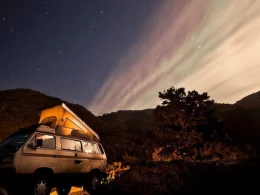Winter camping solo is an invigorating experience that brings you face-to-face with the raw beauty of nature while also placing you in charge of your safety. It’s an adventure that allows for individuality, giving you the freedom to decide on your gear, including the luxuries you’d fancy from home.
This guide aims to navigate you through the crucial aspects of solo winter camping. Expect to learn about essential equipment, survival strategies, and tips to enhance your overall experience.
Table of Contents
The Allure of Solo Winter Camping
There are typically three perspectives towards winter camping: the disinterested, the interested but fearful, and the eager adventurers. Some find no appeal in the biting cold, while others, though intrigued, are held back by fear of the unknown.
The avid explorers, however, are ever ready to plunge into the next icy escapade.
Despite the varying attitudes, there exist compelling reasons to give solo winter camping a try – reasons that might just pique your curiosity or challenge your fears.
Solitude and Self-Reflection
Solo winter camping can be a profound journey into solitude and self-reflection. The tranquility, uninterrupted by the hustle and bustle of daily life, facilitates introspection. The blanket of snow, the frosty air, and the silent woods provide a serene backdrop that amplifies your thoughts. This solitude, coupled with the raw beauty of nature, fosters mindfulness and offers a unique opportunity to take a deep dive into personal growth and self-discovery.
Testing Your Survival Skills
Winter camping offers a controlled environment to sharpen survival skills, valuable not only in emergencies but also for imparting knowledge to others. It presents scenarios that require the application of practical skills such as building a fire in challenging conditions, effectively setting up a shelter, and managing resources.
The acquired abilities can prove critical in adverse situations, enhancing resilience and potential for survival, and can be passed on to fellow enthusiasts, contributing to the broader outdoor community.
Preparing for Your Solo Winter Camping Trip
Proper planning and preparation are crucial for a successful and safe solo winter camping trip. Here are some aspects to consider.
Choosing the Right Gear
Selecting the correct equipment is paramount for a safe and comfortable camping experience. High-quality gear is a worthy investment for winter camping. A four-season tent provides sturdy shelter against harsh elements.
Look for something that has minimal mesh and preferably a double wall. A cold-weather sleeping bag is essential to keep you warm. It is recommended to opt for one rated at least 10 degrees below the coldest temperature you anticipate. Most sleeping bags are rated for survival and not the comfort of the individual.
Layered clothing is another vital element for your checklist. The layers provide insulation and can be added or removed based on the weather. Base layers should wick away moisture, the middle layer provides insulation, and the outer layer should be wind and waterproof. Keep the layers thin so that they are easy for your body to heat and quick to shed if you get too hot.
Lastly, consider your cooking equipment. A reliable, portable stove and fuel, along with lightweight, easy-to-cook meals, are vital. Also, don’t forget a durable, insulated water container. Remember, proper gear selection enhances your safety and enjoyment of the winter camping experience.
Food and Hydration
Maintaining adequate nutrition and hydration on a solo winter camping trip is essential for energy and warmth. Pack calorie-dense foods such as meats, cheeses, nuts, pasta, and hearty vegetables. These foods not only provide the energy needed for strenuous activities but also aid in keeping your body warm in cold conditions.
Avoid water purification methods like membrane filters as they can freeze and break in low temperatures. Instead, consider boiling water or using chemical treatments for purification. For hydration, use wide-mouth water bottles, which take longer to freeze compared to regular bottles, ensuring you have access to liquid water throughout the day.
Adding a little salt to your water can also lower the freezing point, keeping it in a liquid state for longer. Don’t forget to bring a sturdy, insulated container for storing hot liquids like coffee or soup, which can provide a quick and comforting warmth boost during your adventure.
Navigational Tools
Having reliable navigational tools during your winter camping trip is critical for safety and direction. A GPS unit proves invaluable for tracking your route and identifying your location with precision. However, remember that cold weather dramatically shortens battery life, so keep your device warm and carry spare batteries.
In addition to GPS, a traditional magnetic compass serves as an excellent backup. It’s efficient in determining your bearing even when electronic devices fail. Along with a compass, a laminated map of your camping area is a vital tool, impervious to weather conditions.
Before your trip, familiarize yourself with the terrain and notable landmarks using resources like Google Earth. This preparation will further orient you with the landscape, increasing your confidence during your adventure.
Setting Up Camp and Staying Warm
Reaching your campsite is only half the journey in winter camping. The real challenge begins with setting up camp in the chilly conditions and maintaining warmth. While the steps may seem simple, winter tends to make even the easiest of tasks a little harder to complete.
Choosing the Right Campsite
When choosing your campsite, look for an area with natural windbreaks such as a cluster of trees or a hill. These will provide some protection from the harsh winds. Avoid setting up camp near bodies of water, as such locations tend to be colder due to the presence of moisture in the air.
Building a Shelter
To maintain warmth, set up your tent securely, ensuring the rainfly is taut to prevent snow accumulation. If weather conditions are extreme, consider building additional snow shelters like a quinzhee or a snow cave. Smaller shelters, due to their limited space, are easier to keep warm, trapping body heat effectively.
Creating Heat
Creating heat is crucial in snowy conditions. Learn to build a fire using dry wood and kindling, keeping waterproof fire-starting items like a ferro rod or flint and steel with char cloth handy. Additionally, carry a portable stove not only for cooking but also for melting snow into potable water. These survival skills can make your winter camping safer and more enjoyable.
Safety Tips for Solo Winter Camping
It cannot be stated enough that safety should be your highest priority. It is a fool’s errand to go out in sub-zero temperatures without at least one solution addressing all of your basic needs. Here are some more tips to help make your experience much more enjoyable.
Weather Forecast
Always ensure to check the weather forecast before embarking on your winter camping adventure. Prepare yourself for the potential of sudden weather changes, as these can impact your safety and overall experience. If your campsite has cell service, regularly monitor the weather updates.
Inform Others About Your Trip
Before setting out, always inform someone about your trip, the area you are venturing into, and when to expect you back. This is a crucial tip for survival – if something goes awry, having someone aware of your whereabouts drastically increases your chances of being found and rescued.
Emergency Supplies
Always carry a well-stocked first aid kit and extra food while camping. The kit tends to sudden injuries, while extra food ensures survival during unplanned extended stays, maintaining your energy levels.
Conclusion
Solo winter camping can be a fulfilling adventure, offering a chance for self-discovery and a break from the daily grind. With careful planning, the right gear, and adherence to safety measures, you can enjoy a memorable winter camping experience.


